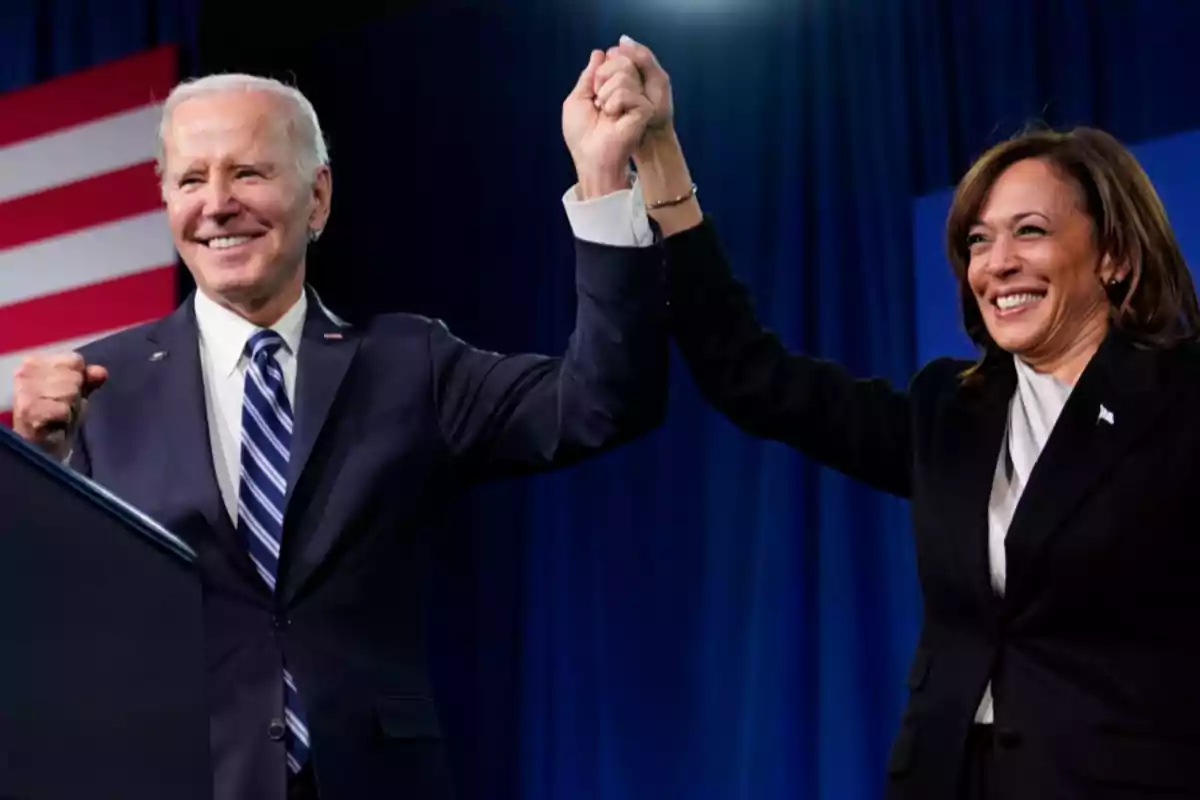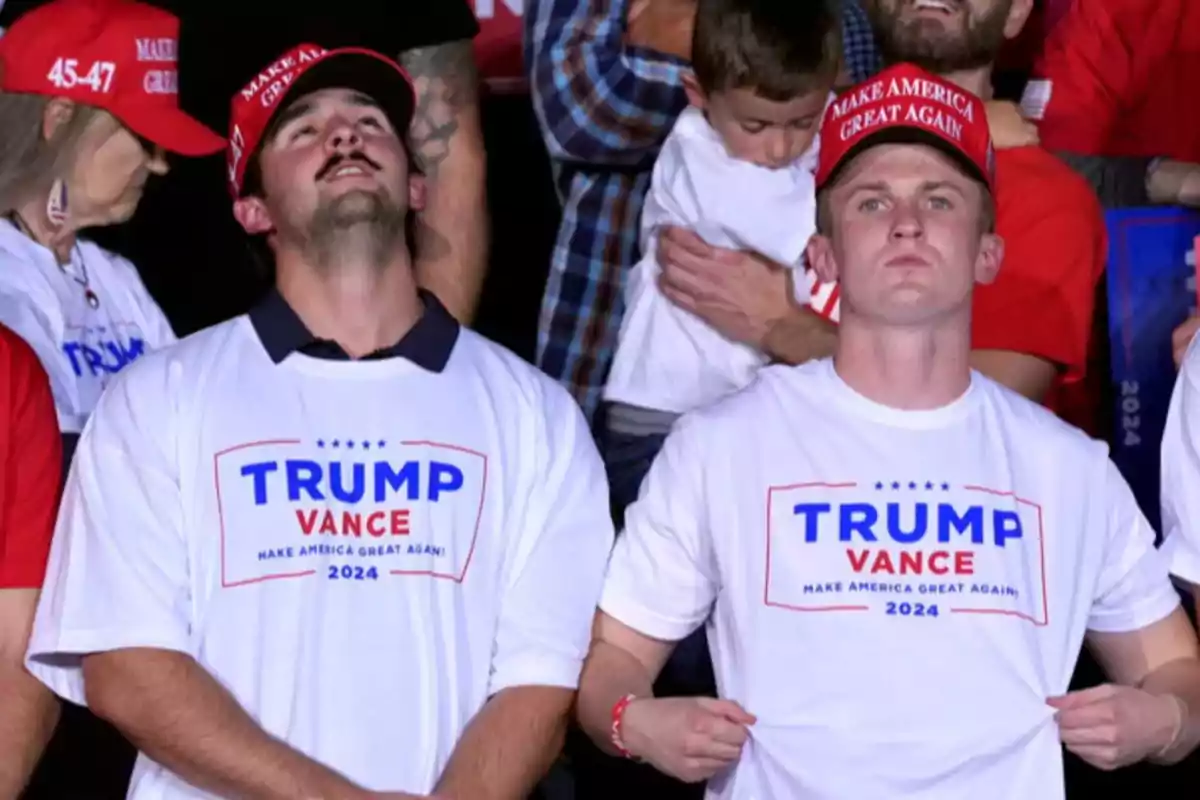
Trump makes the Republican Party more popular than ever among young people.
Trumpist policies have led to the Republican Party becoming increasingly popular, especially among younger voters
A recent analysis conducted by the Pew Research Center, considered the best pollster for analyzing electoral data of voter groups in the United States, places the Republican Party at its highest point of popularity.
After Trump's victory in last year's presidential election, the general trend of this decade seems undeniable: The United States has become more Republican than ever, according to Pew Research, which reached this conclusion after exhaustively surveying more than 5,000 adults.
In 2020, 49% of Americans identified as Democrats, compared to 43% as Republicans. The following year, at the height of Biden's presidency, Democrats expanded their lead, reaching 52%. Since then, the party that is now in opposition has not stopped bleeding politically.

Democrats lost the working class.
Since last year, the Republican Party enjoys a 1-point advantage—47% compared to 46%—among voters who fully identify with a certain party, while only the remaining 8% align as independents.
For generations, Republicans were the less popular party among Americans, which led them to depend on their suburban base, with high turnout and higher incomes, to overcome the working-class Democrats with lower incomes in elections.
With Trump's rise, this has changed and the party that currently controls the White House is more pluralistic than ever, with low-income and low-turnout voters as its main electoral base.
After a century as the party most capable of mobilizing the working masses, Democrats now find themselves in the opposite role: the smaller party, but with more reliable voters due to their higher purchasing power.

Youth are also abandoning the Democratic Party.
If the opposition is in the red with the working class, its performance with young voters is even less encouraging.
In 2020, Biden had convinced the 18 to 29-year-old electoral group to vote for him by a 25-point margin, 61% to 36%. In 2024, his vice president Kamala Harris was barely able to win the same demographic group by just 4 points, 51% to 47%.
In contrast to 2008, it is worth remembering that Obama won 66% of the votes of those under 30 during his presidential election.
Many Democrats have concluded that this loss of popularity with young voters represents the root of the party's current problems, which is why its operatives and donors are investing tens of millions of dollars in youth outreach campaigns.

The gender gap among voters.
Looking at the category of voters under 45, we see that women moved away from Democrats by 7 points, dropping from 61% for Biden to 54% for Harris. Men also trusted Democrats 7 points less in the last election, with Harris only obtaining 45% of the votes from this group.
The gender gap in this group remains enormous, with men identifying as 52% Republican and 34% Democrat, while young women are 58% Democrat and 37% Republican.
Taking into account the 2024 election data, 59% of young women voted for Democrats and 41% of young men voted for Republicans. Women under 30 remain very left-leaning, but young men are increasingly less likely to identify with this ideology.
Pew Research concludes in its report that no matter how much Democrats manage to increase their support among young women, they will not be able to win an election again in their lifetime if they do not recover at least 40% of the young male vote.

More posts: